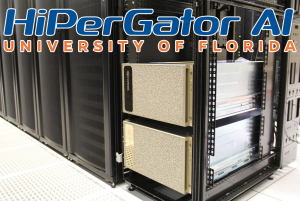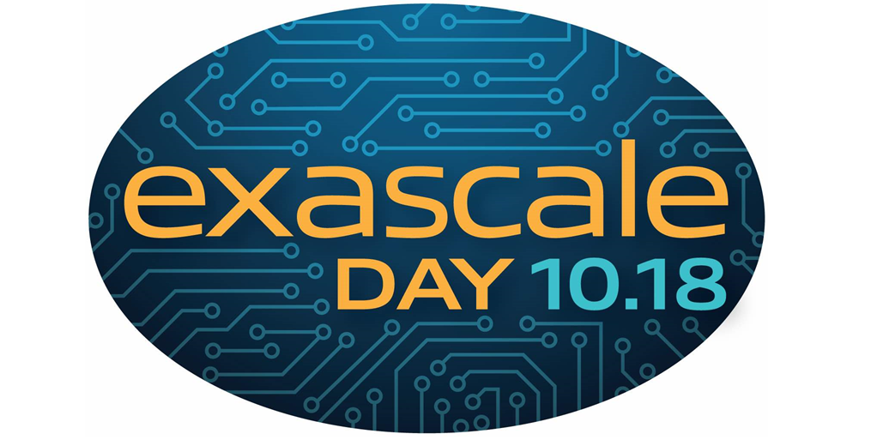 DDN today announced its AI400X all-NVME flash storage system will help amplify capabilities of the University of Florida’s flagship supercomputer, “HiPerGator,” to make it the world’s fastest AI supercomputer in academia, according to DDN and Nvidia.
DDN today announced its AI400X all-NVME flash storage system will help amplify capabilities of the University of Florida’s flagship supercomputer, “HiPerGator,” to make it the world’s fastest AI supercomputer in academia, according to DDN and Nvidia.
Building on DDN’s partnership with UF, this third-generation HiPerGator will integrate 10 DDN AI400X appliances intended to deliver maximum productivity from the 140 Nvidia DGX A100 systems, which contain 1,120 A100 Tensor Core GPUs, at the center of this AI-centric supercomputer and data center. DDN said recent enhancements to meta data performance and data access capabilities have advanced the ability of A3I to serve as the hub for the university’s AI data.
The HiPerGator system, scheduled for deployment this winter, will consist of 4 petabytes of storage to feed the DGX A100 systems, with data flowing through Nvidia Mellanox HDR 200Gb/s InfiniBand network.
UF has said it is committed to every student across every discipline having knowledge of what AI is and how to use it in their area of expertise upon graduation. “From religion to agriculture, and liberal arts to engineering, every student will have worked with the AI curriculum and will be able to apply that knowledge to advance the field they are studying in,” the university said in its announcement. “With performance of an astounding .70 petaflops, UF is creating a very powerful tool that will advance the goals of the university to make AI a pervasive component across all schools and research, boosting the university among AI leaders.”
“AI will transform our society in the years to come and our tools must evolve to meet the demands of this new era,” said Erik Deumens, director of information technology, UF. “Advancing our efforts to integrate AI across curriculum, improve research and empower students, as well as drive breakthroughs and discoveries are highly dependent on productive computing and efficient data systems, like those from DDN. We have a history of success with DDN storage systems powering our HPC computing and anticipate similar high productivity for our AI workloads.”



